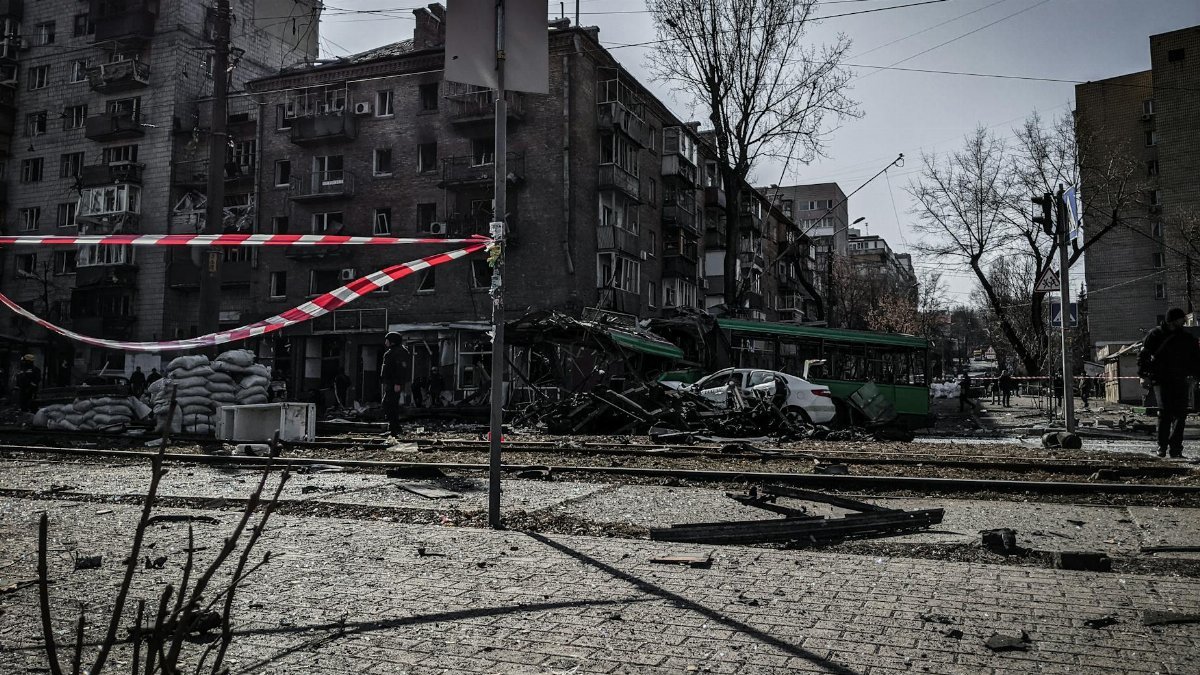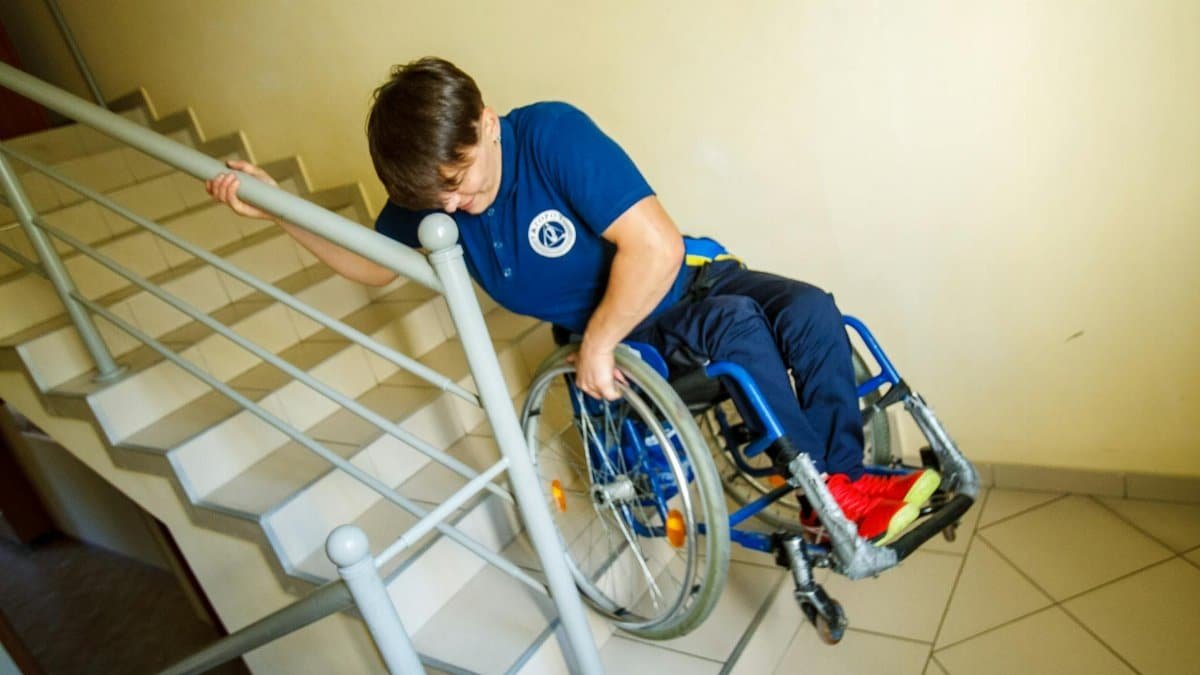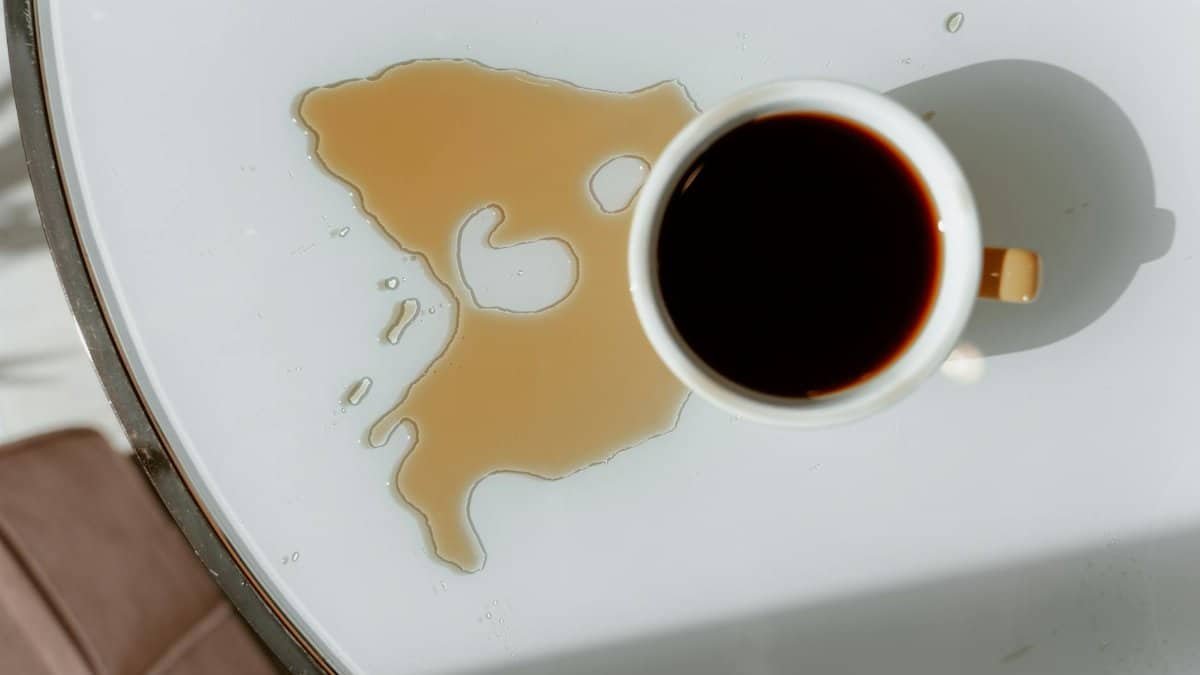A recent study from the National Institute of Mental Health revealed that nearly 70% of American adults have experienced at least one traumatic event in their lifetime, with many carrying the emotional weight into their daily interactions. This figure, up from previous decades, underscores a growing awareness of how unresolved pain lingers. Enter trauma release, a concept that’s gaining traction not just in therapy circles but in everyday conversations about healing. It’s not about erasing the past, but freeing oneself from its grip. For middle-aged Americans juggling careers, families, and personal growth, this approach promises a subtle yet profound shift. It invites a reevaluation of old patterns, potentially unlocking more authentic connections. As more people explore it, the question arises: could this be the key to the freedom so many seek?
What Is Trauma Release?

Trauma release goes beyond traditional talk therapy. At its core, it involves methods to discharge stored emotional and physical tension from past experiences. Think of it as unclogging a blocked pipe; the flow resumes once the obstruction clears. Peter Levine, a pioneer in somatic experiencing, describes how the body holds onto trauma like a frozen snapshot. His work shows that gentle techniques can help thaw that freeze.
In practice, this might mean guided exercises where someone shakes off stress, much like an animal after a chase. One anonymized account from an online discussion captured it vividly: a woman in her 50s shared how, after years of suppressed grief from a divorce, a simple breathing session felt like “shedding a heavy coat I’d forgotten I was wearing.” Such stories highlight the accessibility. Yet, it’s not one-size-fits-all. Some turn to yoga or EMDR, while others prefer journaling. The common thread? Acknowledging that trauma isn’t just mental—it’s embodied.
This understanding draws from decades of research. For instance, a comprehensive review by the American Psychological Association explores how trauma impacts the nervous system. Delving deeper, it becomes clear why middle-aged readers might resonate: life’s accumulated stresses, from job losses to family strains, often surface now.
The Science Behind Stored Trauma

Start with the brain. When trauma hits, the amygdala lights up, triggering fight-or-flight responses. If unresolved, this can lead to chronic anxiety or hypervigilance. Neuroscientists have mapped how cortisol floods the system, altering everything from sleep to decision-making.
Bessel van der Kolk’s seminal book “The Body Keeps the Score” builds on this, backed by studies showing physical manifestations like tightened muscles or digestive issues. A key finding from Harvard Medical School’s research on stress responses indicates that unprocessed trauma can shorten telomeres, accelerating aging. It’s no wonder many feel stuck in patterns that sabotage relationships.
Consider a study published in the Journal of Traumatic Stress. Researchers found that participants who engaged in body-based release techniques reported a 40% drop in PTSD symptoms after just eight weeks. This isn’t fringe science; it’s grounded in biology. Yet, tensions arise when skeptics dismiss it as pseudoscience. The evidence pushes back, suggesting integration with conventional medicine could be transformative.
How Trauma Lingers in Relationships

Picture a couple in their 40s, arguing over something trivial like forgotten groceries. Beneath it, old wounds simmer—perhaps from childhood neglect or a past betrayal. Trauma release addresses this by highlighting how unhealed pain projects onto partners.
In healing relationships, the impact is stark. Unresolved trauma often manifests as avoidance or explosive reactions, eroding trust. A report from the Centers for Disease Control and Prevention on adverse childhood experiences links early trauma to higher rates of divorce and relational conflict in adulthood. It’s a cycle many recognize too late.
One illustrative snippet comes from a group therapy session observed in Chicago: a man recounted how releasing anger from his military service allowed him to listen to his wife without defensiveness. “It was like turning down the volume on an old radio,” he said. Such shifts foster emotional health, inviting vulnerability. But it’s not always smooth; partners may resist change, fearing the unknown.
Techniques to Try at Home

Diving straight in, one accessible method is TRE, or Tension and Trauma Releasing Exercises. Developed by David Berceli, it involves simple poses that induce natural tremors, shaking loose pent-up energy. No fancy equipment needed—just a quiet space.
Another approach blends spirituality with practicality: mindfulness meditation focused on body scans. Apps guide users through sensing tension in the chest or gut, then visualizing its release. For those seeking mental clarity, cognitive behavioral techniques paired with journaling can unpack narratives tied to trauma.
A study from the University of California, Berkeley’s Greater Good Science Center supports this, showing that consistent practice enhances emotional regulation. Yet, variety matters. Some prefer energy-shift practices like Reiki, where practitioners channel healing touch. The key? Start small. A middle-aged reader might begin with five minutes daily, noticing subtle freedoms emerge.
Real Stories of Breakthroughs

Stories bring theory to life. Take Sarah, a fictional composite based on common experiences—a teacher from Ohio who carried the trauma of losing her parents young. For years, it strained her marriage; she withdrew during conflicts, echoing old abandonments.
Through somatic therapy, she learned to release via movement. “One session, I just cried and trembled—it was messy, but afterward, I felt lighter,” she reflected. Months later, conversations with her husband flowed easier, infused with newfound joy.
Similarly, an anonymous online share described a man in his 50s: after corporate burnout triggered old rejection fears, trauma release via EMDR sessions rewired his responses. He reconnected with friends, purpose reignited. These narratives aren’t outliers. Research from the National Center for PTSD affirms that such interventions boost resilience, often rippling into broader life satisfaction.
Navigating Common Challenges

Not every path is straightforward. Resistance often surfaces— the mind clings to familiar pain as a misguided shield. “Why stir it up?” some wonder, fearing emotional floods.
Practical hurdles include finding qualified practitioners amid a sea of options. Cost can deter, though community workshops offer affordable entry. A report by Pew Research Center on mental health trends notes that while access has improved in 2025, rural areas lag.
Overcoming this? Education helps. Pairing with a therapist ensures safety. Tensions emerge when spiritual aspects clash with skepticism, but blending evidence-based methods bridges the gap. Persistence pays; many report that initial discomfort yields lasting peace.
Integrating Release into Everyday Routines

Morning routines set the tone. Begin with a quick body check-in: notice tightness, breathe into it. This simple act, drawn from mindfulness studies at Johns Hopkins University, fosters ongoing release.
In relationships, apply it during tense moments. Pause, acknowledge the trigger, and use a grounding technique like progressive muscle relaxation. Over time, this builds mental clarity, reducing reactive patterns.
For deeper energy shifts, incorporate nature walks, letting movement dissipate stress. It’s about weaving healing into the fabric of life, not isolating it. As one participant in a wellness retreat noted, “It became second nature, like brushing my teeth—essential for my well-being.”
The Ripple Effects on Emotional Health

Broader impacts unfold gradually. Released trauma often clears space for joy, purpose returning like sunlight after rain. In a culture fixated on productivity, this invites reflection: what if freedom means less striving, more being?
Connections deepen too. Families report stronger bonds when individuals heal personally. A longitudinal study from the Substance Abuse and Mental Health Services Administration tracks how trauma-informed practices reduce depression rates by up to 30%.
Yet, nuance matters. Not all traumas resolve fully; some leave scars that inform growth. This complexity enriches the journey, reminding us that healing is ongoing. For many, it’s the path to authenticity they’ve long sought.
Looking Ahead with Purpose

As awareness grows in 2025, trauma release evolves. Community programs expand, blending science and spirituality. Imagine workplaces offering release workshops, normalizing emotional health.
Challenges persist, like misinformation, but credible resources counter it. Ultimately, it’s about empowerment—choosing freedom over chains. For those ready, the first step could redefine everything.
